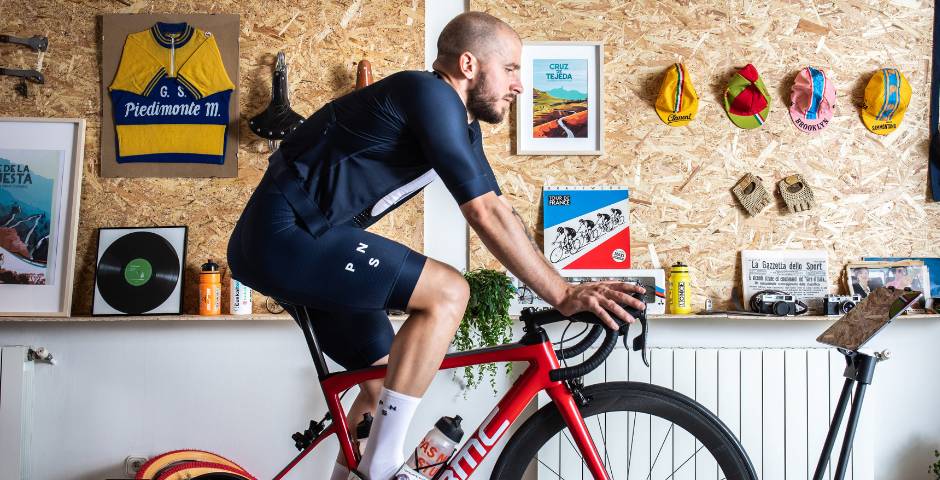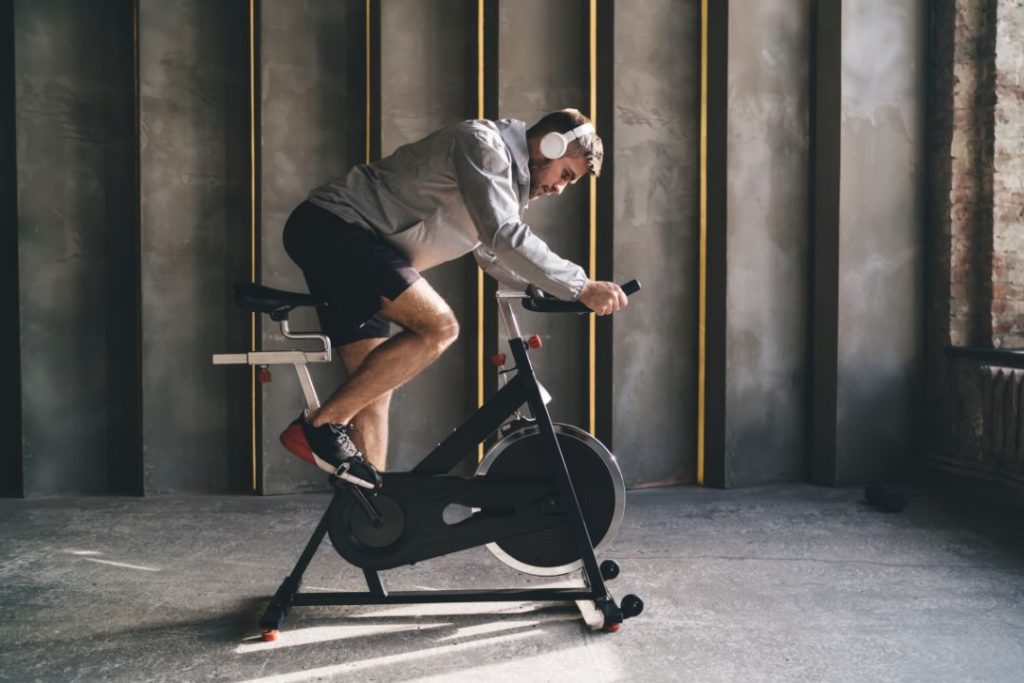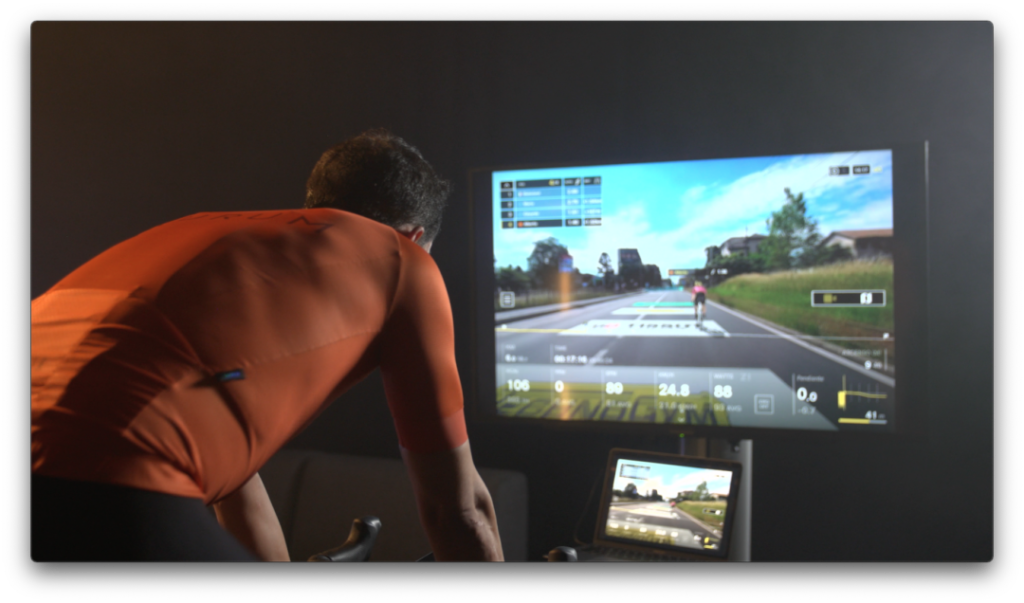The world of cycling is full of words and terms that, sometimes, we do not know and can cause us confusion. This happens, above all, when we start to become interested in improving our performance and concepts that we had not heard before begin to appear. One of them may be the maximum aerobic power or MAP.
If you’ve come this far, it’s probably because you’ve already heard about MAP but it’s not entirely clear to you what it is and how it relates to the sport and performance. If this is your case, don’t worry, because we are going to try to explain in a simple and quick way what you need to know in order to start familiarizing yourself with Maximal Aerobic Power.
What is maximal aerobic power?
As the study Factors determining maximal aerobic power explains, “maximal aerobic power is the peak maximal oxygen consumption that an individual can obtain during dynamic exercise using large muscle groups for a few minutes performed under normal conditions at sea level.”
And what is maximal oxygen consumption or VO2Max? The maximum amount of oxygen an individual can process per unit of time and weight. Basically, it is the “displacement” of our “engine” and largely defines our ability to perform.
The good thing is that this VO2Max can be improved and we talked about it in our Magazine.
But let’s go back to maximum aerobic power: MAP can also be explained as the maximum power that our body can develop in an aerobic state and is expressed in watts (W). Normally, this figure can be sustained for approximately 5 to 7 minutes.
Why is MAP important?
Knowing our maximum aerobic power is an important step towards becoming a better cyclist. Once we know this data we can work on aerobic power, a necessary step to improve FPT.
With good planning and a series of workouts aimed at improving our maximal aerobic power, we will be more consistent in these higher power ranges and then we can work on improving other zones.
How can I know my maximal aerobic power?
The ideal is to undergo a laboratory test. These are usually carried out on a cycloergometer with a power meter and consist of increasing the power range by 20 or 30 W every certain period of time (between 1 and 3 minutes) until the cyclist is exhausted. The last stretch in which we are able to sustain the indicated power corresponds to the maximum aerobic power.
If we do not have the opportunity to undergo this type of test, we can perform a similar test on the trainer-provided we have a power meter-.
Another option is to perform what is known as a predictive performance test: the data obtained in a P5 or P6 are very close to the maximum aerobic power. It is simply a matter of performing a 5- or 6-minute test at the maximum power you are capable of withstanding.
The key is to undergo one of these tests periodically throughout the season to check our evolution and always under the same protocol and conditions.
BKOOL is the most complete cycling simulator on the market, try it FREE for 7 days!
 Go to BKOOL
Go to BKOOL





